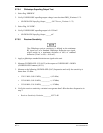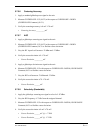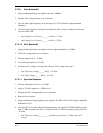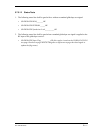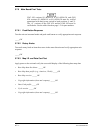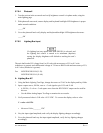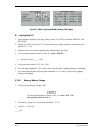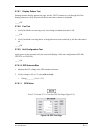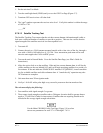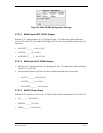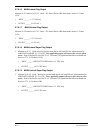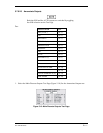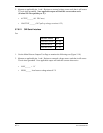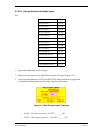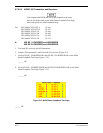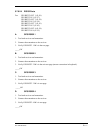
Page 5-46 400 SERIES MAINTENANCE MANUAL
Rev. C P/N 190-00140-05
1. Put the unit into Test Mode.
2. Turn the small right knob (CRSR) until you see the GPS Test Page (Figure 5-7).
3. Terminate GPS receiver into a 50 ohm load.
4. The “sgnl” number represents the receiver noise level. Verify this number is within the range
of 1450 to 1750.
_____OK
5.7.6.12 Satellite Tracking Test
The Satellite Tracking Test ensures that the unit has current almanac information and is able to
lock onto a sufficient number of satellites to provide a position. This test also verifies that the
signal strength of the satellites received is at an acceptable level.
1. Turn unit off.
2. Connect the unit to a GA56 antenna mounted outside with a clear view of the sky, through a
coax with a 10 dB r1 dB cable loss @ 1.5 GHz. Note: attenuation pads must not be used
since the unit supplies the GA56 with DC power.
3. Turn on the unit in Normal Mode. Go to the Satellite Data Page, (see Pilot's Guide for
instructions).
4. Allow the unit to lock on to the satellites. If the unit has current almanac data, it will list the
visible satellites on the row labeled SAT and it will begin acquiring satellites in a period of a
few minutes. If the unit indicates SEARCH SKY instead of ACQUIRING, it must search the
sky for available satellites and collect almanac data. A "search the sky" operation may take
20-30 minutes to complete.
5. Unit must then enter 3D navigation mode.
6. Verify a 1.0 r0.001 mSec pulse high every second is present on the time mark out line.
The unit must display the following:
1. Four satellites with signal strength 3 or greater.
2. The average signal strength on satellites above 20 degree elevation shall be greater than or
equal to 3.5 (see Pilot's Guide for instructions). Satellites that are acquiring should not be
included in the average signal strength calculation.
Use the Main CDI/OBS Config Test Page (Figure 5-9) to select
correct test parameters for tests 5.7.6.12 through 5.7.6.19.



